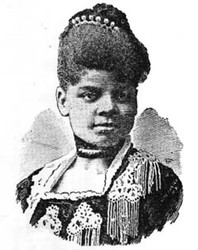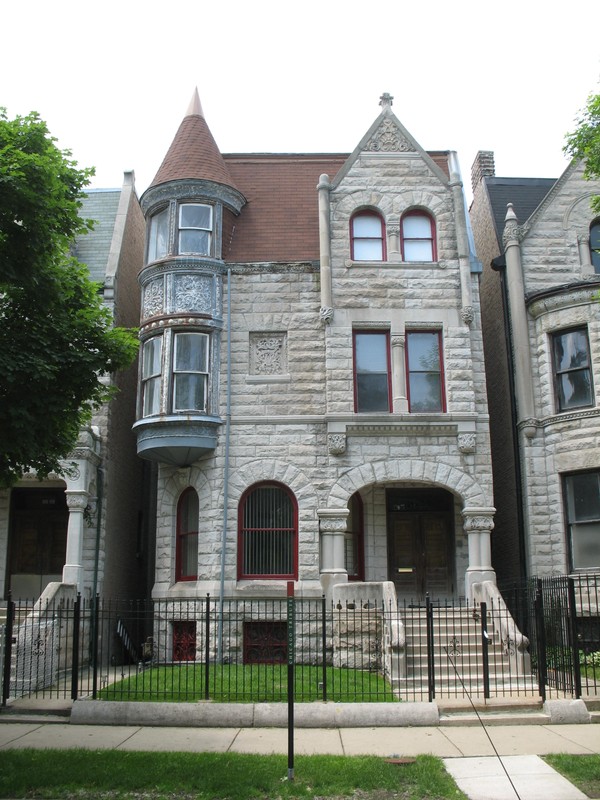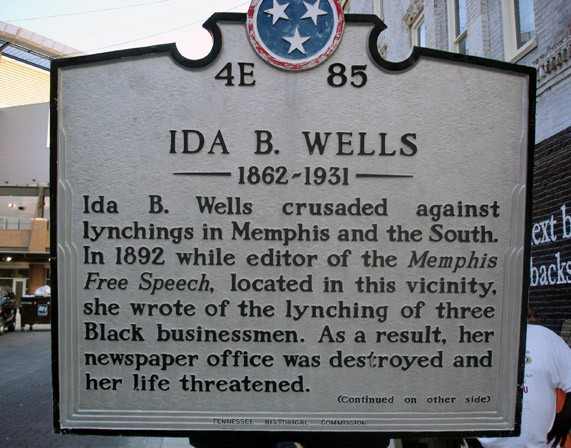Ida B. Wells-Barnett House
Introduction
Text-to-speech Audio
Images

Wells-Barnett House

Plaque dedicated to Wells, regarding the location where here paper in Memphis was located and the lynchings took place,

Backstory and Context
Text-to-speech Audio
Ida started her life in Mississippi after the Civil War, attended Rust College and later taught school in Memphis, Tennessee. She also became involved (co-owned) in a Memphis newspaper known as Free Speech. When three Black store owners were lynched in 1892, Wells responded by penning an article in her paper that attacked the evils of lynching, as well as encouraging the Black residents of Memphis to move westward. As a result, a mob destroyed her office and threatened to kill her if she refused to leave town. She moved to Chicago, where she continued to research, write, and fight against lynchings in the South.
Although she moved to Chicago's Southside, she never stopped traveling to the south to visit sites where lynchings occurred. She eventually published, in 1895, The Red Record, the nation's first documented statistical report on lynching.In addition to her writing, she actively spoke out against lynchings through formal and informal speeches. Indeed, Wells even traveled to Great Britain to promote her activism against lynchings.
Later, she became an integral figure in the creation of the National Afro-American Council and as a leader within the Anti-Lynching Bureau. She also helped found the National Association for the Advancement of Colored People (NAACP).
The house, still owned privately, is where Wells lived with her husband, African-American rights advocate Ferdinand Barnett. Together, they published the Chicago Conservator and were leaders within Chicago's strong African-American community that later led to the creation of the Chicago Defender.
It is fitting that her residence now exists on King Drive, which demonstrates the connection to African-American culture on Chicago's South Side, as well as the continued movement against racism from Ida Wells to Martin Luther King. It should also be known that despite Wells's efforts and activism, the U.S. Congress never passed anti-lynching legislation, which made it necessary for African-American activism to continue, culminating in the work of King.
Cite This Entry
Powers, Mathew and Kareem Shofidiya. "Ida B. Wells-Barnett House." Clio: Your Guide to History. October 9, 2016. Accessed March 26, 2025. https://theclio.com/entry/26787

